When you send a Bitcoin or Ethereum transaction, it doesn’t instantly land on the blockchain. It sits in a holding area called the mempool-a messy, crowded digital waiting room where thousands of unconfirmed transactions jostle for space. Most traders ignore this space. But the ones who pay attention? They see price moves before they happen.
What the Mempool Really Is
The mempool isn’t a single place. Every node on the Bitcoin or Ethereum network keeps its own copy. Some nodes see more transactions than others. Some drop old ones faster. But collectively, they show what’s coming next. Think of it like a live feed of everyone trying to buy or sell right now-before the market even reacts.Each transaction in the mempool carries hidden data: size, fee, how long it’s been waiting, and even which other transactions it’s linked to. Miners don’t just grab transactions in order. They pick the ones with the highest fees first. That’s why a $5 fee might get confirmed in 10 minutes, while a $0.50 fee sits for hours-or gets dropped entirely.
This isn’t just technical noise. It’s a signal. When you see a flood of high-fee transactions suddenly appear, it often means big players are moving. Hedge funds, whales, or arbitrage bots are getting active. And if you know how to read it, you can position yourself ahead of the move.
How Traders Use Mempool Data
Traders who use mempool analysis don’t just watch price charts. They watch the flow of unconfirmed transactions. Here’s how they turn that data into profit:- Spotting large transfers: When a wallet sends 500 BTC out of an exchange, it shows up in the mempool before the price drops. You can see it coming.
- Tracking fee spikes: If fees jump 300% in 10 minutes, the network is congested. That often means a surge in trading activity-maybe a breakout is about to happen.
- Arbitrage detection: If BTC is trading at $60,000 on Coinbase and $59,850 on Binance, traders broadcast transactions to exploit the gap. You can see those transactions in the mempool before the price on Binance catches up.
- Timing entries and exits: If you’re planning to sell a large amount of ETH, you don’t want your transaction stuck in the mempool during a crash. Watching the mempool lets you wait for low congestion and low fees to execute cleanly.
One trader in 2024 noticed a spike in RBF (Replace-By-Fee) transactions on Bitcoin just before a 12% price pump. RBF lets users bump up fees on stuck transactions. Seeing dozens of them being increased meant people were rushing to get their trades confirmed before a move. He bought 30 minutes before the rally and doubled his position.
Tools You Can Actually Use
You don’t need to run your own node to see the mempool. Free tools give you real-time access:- Bitcoin Mempool (mempool.space): Shows live transaction volume, fee distribution, and estimated confirmation times. You can sort by fee rate (sats/vB) and see the oldest pending transactions.
- Glassnode Studio: Offers advanced metrics like mempool growth rate, fee percentile trends, and transaction count vs. price correlation. Used by institutional traders.
- Etherscan Mempool: For Ethereum, shows pending transactions, gas prices, and contract interactions. You can see DeFi swaps and liquidations brewing before they hit the chain.
These tools aren’t magic. But they give you visibility into what’s happening right now-not what happened five minutes ago. Most retail traders rely on candlestick charts. These tools show you the actual orders being placed, before they’re confirmed.

Fee Markets and Network Congestion
Fees aren’t fixed. They’re a market. When demand for block space goes up, fees go up. When it drops, fees drop. That’s why mempool analysis is so powerful-it shows you the real-time supply and demand for block space.On Bitcoin, you can see fee tiers clearly:
- Low fee (under 10 sats/vB): May take hours or days. Often dropped if network clears.
- Medium fee (15-30 sats/vB): Usually confirmed in 1-4 blocks (10-40 minutes).
- High fee (50+ sats/vB): Confirmed in the next block. Used by traders and bots.
On Ethereum, gas prices work the same way. If you see the average gas price jump from 20 Gwei to 80 Gwei in 15 minutes, something big is happening-likely a DeFi flash loan, a token launch, or a liquidation cascade.
Smart traders don’t just pay high fees. They wait. They watch for dips in congestion. They time their trades to coincide with low-fee windows-often early morning UTC or after major price moves when panic selling clears the mempool.
Limitations and Pitfalls
Mempool analysis isn’t foolproof. Here’s what can go wrong:- Not all transactions get confirmed: If fees are too low, nodes drop them. You might see a big transfer in the mempool… and then it vanishes. That doesn’t mean the trade won’t happen-it just means it’s delayed or canceled.
- False signals: A spike in transactions could be a bot attack, not a market move. You need context. Look at the transaction amounts, wallet history, and whether it’s tied to a known exchange or DeFi protocol.
- Delayed data: Some explorers lag by 10-30 seconds. For high-frequency strategies, that’s too slow. Use direct node connections if you’re serious.
- Privacy layers: Some wallets use CoinJoin or mixing services. These obscure transaction origins. You might see a large transfer but not know who sent it.
The key is combining mempool data with other signals: on-chain wallet activity, order book depth, and social sentiment. Mempool analysis gives you a 10-second head start-not a crystal ball.
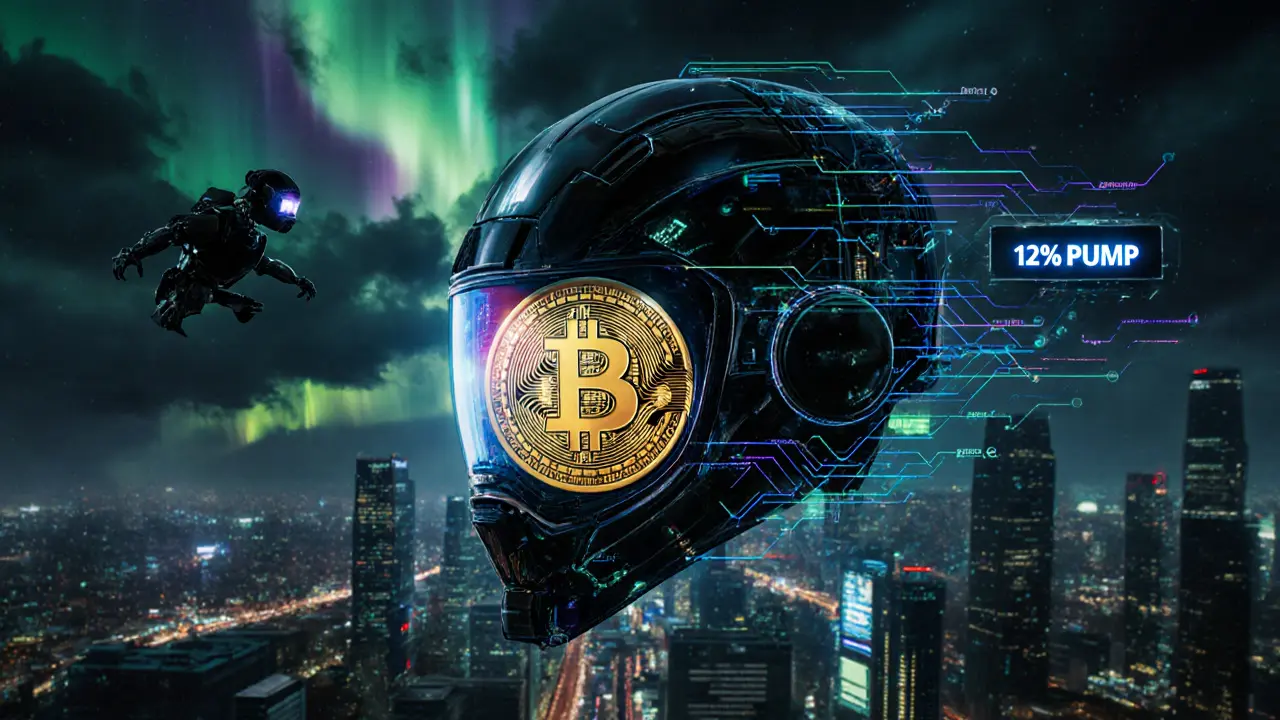
Real Example: The Bitcoin Halving Mempool Surge
In April 2024, right before the Bitcoin halving, mempool size hit 400,000+ transactions-the highest in two years. Fees rose to 60+ sats/vB. Most retail traders assumed this meant panic buying. But those watching closely saw something else: miners were preparing for post-halving revenue drops. They were locking in profits by selling BTC before the halving, and the mempool reflected that selling pressure.Price dipped 8% in the 48 hours before the halving. Traders who used mempool data to exit early avoided the drop. Those who ignored it bought at the top.
How to Start
You don’t need a PhD in blockchain to use mempool analysis. Here’s how to begin:- Open mempool.space and watch the live feed for 15 minutes.
- Notice when fee spikes happen. Correlate them with price changes on CoinGecko.
- Look for large transactions (over 10 BTC or 1,000 ETH). Check the sender’s wallet history on Blockchain.com or Etherscan.
- Try sending a small test transaction with a low fee. See how long it takes to confirm-or if it gets dropped.
- Compare mempool data across two tools. If one shows 50K transactions and another shows 30K, trust the trend, not the number.
Within a week, you’ll start seeing patterns. You’ll know when the network is quiet and when it’s about to explode. That’s the edge most traders don’t have.
What Comes Next
Mempool analysis is still early. Most trading firms keep their strategies secret. But the tools are public. The data is free. The only thing holding you back is whether you’re willing to look past the price chart and into the raw flow of transactions.The next big move won’t be announced in a tweet. It won’t show up in a newsletter. It’ll be hidden in the mempool-waiting for someone who knows how to read it.
What is a mempool in cryptocurrency?
A mempool (memory pool) is a temporary storage area on each blockchain node that holds unconfirmed transactions. These are transactions that have been broadcast to the network but haven’t yet been included in a block by miners or validators. Each node maintains its own mempool, and transactions remain there until confirmed or dropped due to low fees or network congestion.
Why do mempool fees change so quickly?
Mempool fees are determined by supply and demand. When many people send transactions at once-like during a price surge or DeFi event-the block space becomes limited. Miners prioritize transactions with the highest fees, so users raise their bids to get confirmed faster. When demand drops, fees fall. It’s a real-time auction for block space.
Can I see large crypto transfers before they happen?
Yes. Large transfers-like a whale moving 1,000 BTC from an exchange-are broadcast to the network before they’re confirmed. Tools like mempool.space show these transactions in real time. If you notice a sudden spike in high-value transactions from known exchange wallets, it often signals a pending sell-off or arbitrage move.
Does mempool analysis work on Ethereum too?
Absolutely. Ethereum’s mempool works similarly but uses gas fees instead of satoshis. You can track pending transactions, contract interactions, and gas price trends on Etherscan or Blocknative. High gas spikes often precede DeFi arbitrage, liquidations, or new token launches.
Is mempool analysis better than technical analysis?
It’s not better-it’s different. Technical analysis looks at price history. Mempool analysis looks at real-time transaction behavior. Used together, they’re powerful. For example, if price is rising on a chart but mempool fees are flat and transaction volume is dropping, the rally may be weak. Mempool data adds context to what price charts alone can’t show.
What happens if my transaction gets stuck in the mempool?
If your transaction stays unconfirmed too long, nodes may drop it. On Bitcoin, you can use Replace-By-Fee (RBF) to bump the fee and speed it up. On Ethereum, you can resend the transaction with a higher gas price and the same nonce to replace it. Most modern wallets handle this automatically.
Do I need to run my own node to use mempool analysis?
No. Free tools like mempool.space and Etherscan show live mempool data without requiring a node. Running your own node gives you more control and faster data, but it’s not necessary for basic trading analysis. Start with public explorers before investing in node infrastructure.

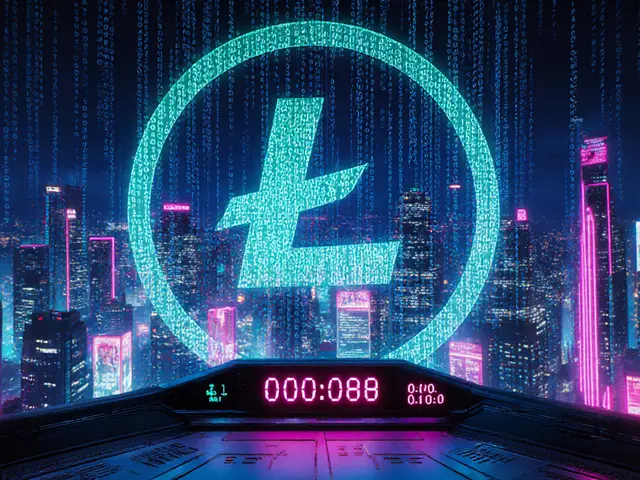
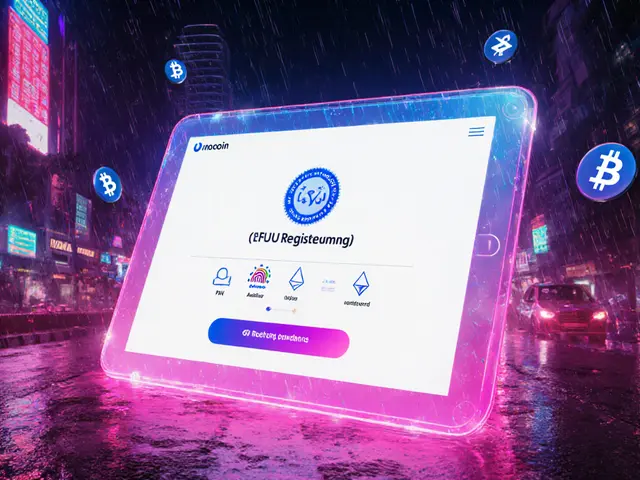
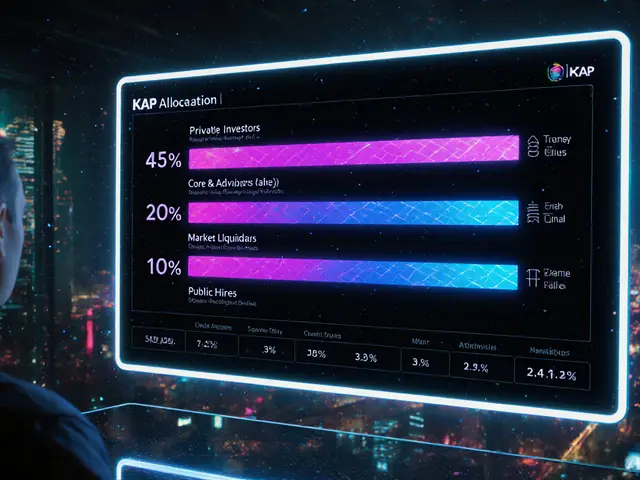
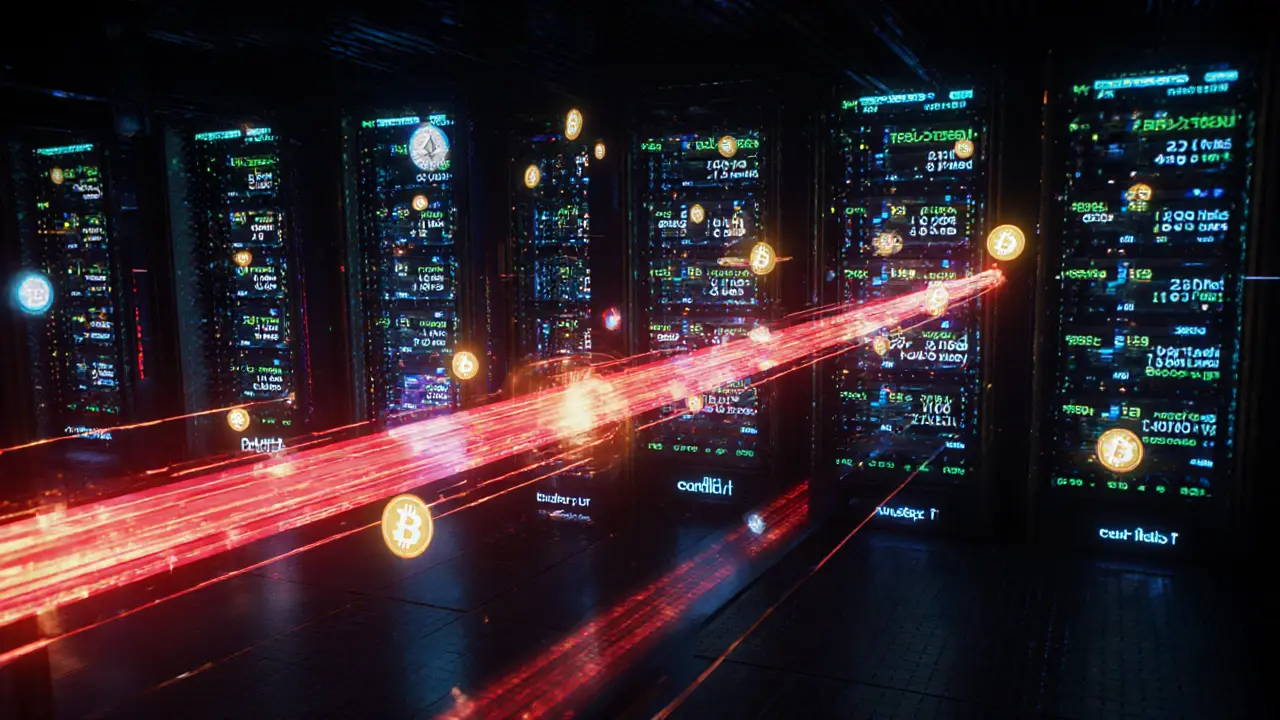
Comments
13 Comments
Louise Watson
So the mempool is like a silent auction where everyone’s whispering their bids.
Benjamin Jackson
This is the kind of stuff that turns casual observers into actual traders. Not flashy, not loud-just quiet, real insight. I’ve been watching mempool.space every morning like it’s my coffee timer. And yeah, it works.
Biggest win? Caught a 7% ETH dip before it happened because fees dropped like a rock. Knew people were bailing. Didn’t need a chart.
Liam Workman
Imagine if we could see the mempool like a heartbeat monitor for crypto… 🫀
It’s not magic, but it’s the closest thing we’ve got to seeing the future without a crystal ball. I used to think charts were everything-until I saw a 200 BTC transfer from Binance to a cold wallet, and then BTC dropped 12 hours later.
Now I check mempool.space before I even open TradingView. It’s like getting a heads-up from the blockchain itself. Thank you for this. Seriously.
Also, RBF is underrated. People think it’s just for fixing mistakes-but no, it’s a sneaky signal. When you see 50+ RBFs in 10 minutes? That’s not chaos. That’s coordinated urgency.
Natalie Nanee
This is why retail traders lose. They don’t look at the raw data-they just chase red and green candles like it’s a slot machine. If you’re not watching the mempool, you’re not trading-you’re gambling.
Angie McRoberts
Wow. So you’re telling me the real edge isn’t in some fancy indicator… it’s in watching people panic-send transactions with $10 fees? Groundbreaking.
Also, I tried sending a 0.001 BTC transaction with 5 sats/vB. It’s been 3 days. Still there. Like a ghost in the machine. I’m not mad. I’m impressed.
Chris Hollis
Most of this is obvious. Everyone knows fees go up when there’s congestion. You don’t need a 2000-word essay to say that.
Also, mempool.space lags. I’ve seen transactions disappear from there and appear on Etherscan 20 seconds later. If you’re trading on this, you’re already too late.
Diana Smarandache
Let me be clear: if you’re not monitoring mempool data, you are not a serious trader. You are a spectator. This isn’t theory. It’s battlefield intelligence. And if you’re still relying on candlesticks while the network is screaming with RBF spikes, you’re not just behind-you’re negligent.
Stop pretending technical analysis is enough. It’s not. The market moves in the mempool before it moves on the chart. That’s not a tip. That’s physics.
Allison Doumith
It’s fascinating how we’ve turned blockchain into a live theater of human greed and urgency
Every transaction is a heartbeat of someone’s fear or hope and the mempool is the collective pulse of capitalism in real time
And yet we still call it ‘crypto’ like it’s some mystical force when really it’s just people rushing to get their money out before the party ends
It’s beautiful and terrifying at the same time
And no one talks about how lonely it is to watch this happen alone
Like you’re the only one who sees the storm coming while everyone else is dancing in the rain
And then you buy the dip and they call you lucky
But you know
You just paid attention
Scot Henry
Been using mempool.space for 6 months now. Best thing I’ve done. Started with just watching fee spikes. Now I track wallet histories too. Found out a whale I follow dumps right after a gas spike on Ethereum. Got out of a position last week because of it. Saved me 12%.
Also, if you’re on mobile, the app is garbage. Use browser. Always.
Sunidhi Arakere
Very informative. In India, most traders still rely on Telegram signals. They do not know about mempool. This should be taught in basic crypto courses. Simple, clear, practical. Thank you.
Vivian Efthimiopoulou
Let us not underestimate the profundity of this phenomenon: the mempool is not merely a technical artifact-it is the living, breathing, unfiltered conscience of the decentralized financial ecosystem.
Each transaction, a whispered prayer of intent; each fee, a silent negotiation with scarcity; each dropped packet, a deferred dream.
What we witness here is not data-it is human desire rendered into cryptographic form, unmediated by brokers, unfiltered by exchanges, raw and unvarnished.
When a whale moves 500 BTC, it is not merely a transfer-it is a seismic shift in collective belief.
And those who watch-not with greed, but with reverence-become not just traders, but witnesses to the evolution of money itself.
May we never forget: behind every satoshi is a story. Behind every gas spike, a soul.
Thank you for this sacred illumination.
Angie Martin-Schwarze
i just found out about this like 2 weeks ago and now i check it every morning like its my therapist
last tuesday i saw a bunch of high fee txns from coinbase and i sold my eth before the drop
then i cried because i thought i was too late but then it dropped 15%
so i bought back in at the bottom and now im up 40%
idk what im doing but the mempool knows
also my cat knocked over my coffee while i was watching it and now my keyboard is sticky but worth it
Finn McGinty
While the technical insights here are commendable, I must express my profound concern regarding the ethical implications of leveraging unconfirmed transaction data as a predictive tool. The very architecture of blockchain is designed to ensure transparency and decentralization-not to become a surveillance mechanism for profit extraction.
By interpreting mempool activity as a signal to front-run, one is effectively weaponizing the public nature of the network against those who lack the technical literacy to protect themselves. This is not market insight-it is asymmetrical advantage disguised as innovation.
Are we truly building a financial system that rewards those who can decode the whispers of the network, while leaving the uninitiated vulnerable to invisible predation?
And if the mempool becomes a battleground of algorithmic arbitrage, what remains of the original ethos of cryptocurrency: equality, openness, and trustless collaboration?
I do not dispute the efficacy of this method. I question its soul.
Write a comment